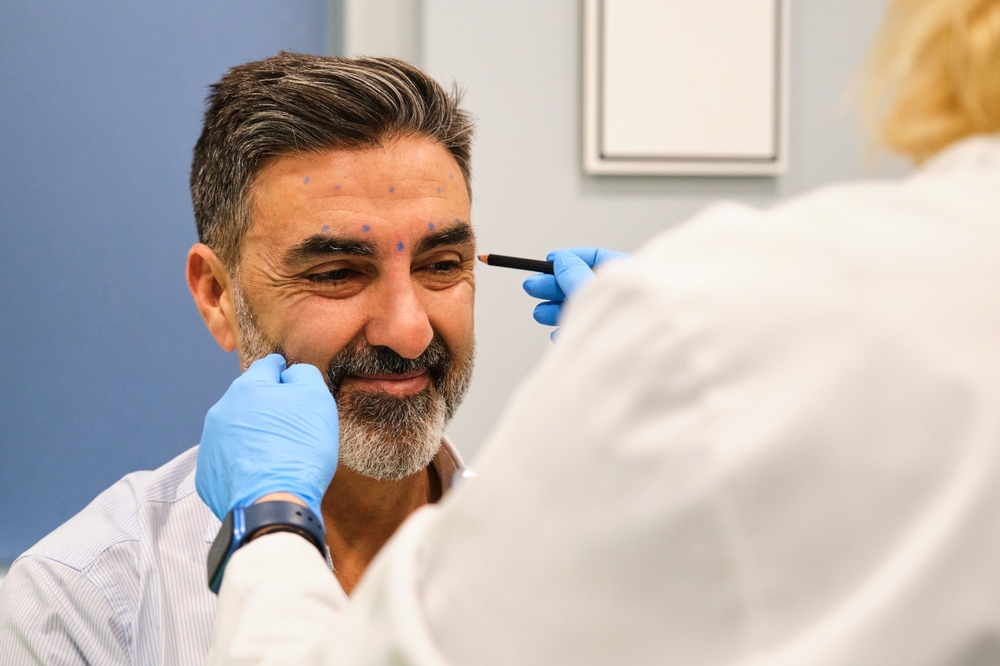It’s a fact of life. If we’re using our bodies like they are meant to be used, staying active and getting regular physical activity, we’re going to accrue some “mileage” on our parts. How well our bodies hold up to those physical stresses will be dependent on several factors. Are we bending, lifting, twisting, sitting, playing and sleeping in ways that are harmful to our muscles and joints? Is enough time being devoted to sleep for healing and recovery? Are we addressing issues when they first appear, or ignoring them and seeing if they will “go away on their own”?
If we don’t have all the pieces in place to properly support our bodies, wear and tear will occur at an accelerated rate. When talking about joints, this can lead to pain and inflammation initially, and then degenerative changes eventually. The next thing you know, you have a diagnosis of osteoarthritis, which can occur in the knees, spine, hands – anywhere that you have a joint.
When joints wear down, we lose the cushioning and lubrication that helps reduce friction and grinding between the bones. Inflammation and pain are usually the first symptoms someone will notice. If it persists, a common course of treatment is to get one or more steroid injections. Now while they are very good at reducing inflammation in the short term, they typically aren’t a permanent solution because they don’t address what caused the joint to hurt in the first place. Plus, they can actually do more damage to the joints in the long run!
A small study from Boston University published in Radiologyreported that 8% of the patients studied that had 1-3 cortisone injections experienced adverse events such joint destruction, bone loss, progression of the arthritis and even fractures. Another study in Skeletal Radiologyreported that in the 3-12 months after receiving steroid injections in the hip, patients were more likely to have bone loss and progression of the osteoarthritis than subjects who did not get the treatments. So there are definitely risks to ponder when considering steroid injections. In addition, corticosteroids have other effects on the body that may be unwanted, including:
- Increasing blood sugars
- Suppressing the immune system
In our office, we seek to find what may have caused or be causing the inflammation or degeneration in the joints. Many times, it is the repetitive actions that we do every day in work and home activities. Improper lifting, poor posture while driving or looking at phones and overdoing it with physical activities are all possible factors. Carrying excess bodyweight day after day will put undue stress and wear on the back and lower extremities. The foods we eat can also either promote or suppress inflammation. In short, there are many reasons for developing osteoarthritis.
Part of the goal of a proper health plan should be to reduce risk factors for developing it in the first place, addressing posture, diet and lifestyle habits. If it is already present, options should be considered that will actually help repair the damaged joints. Currently, the best method available is stem cell injection. This is an FDA-approved therapy to help support nutrition and lubrication of the arthritic joints. Since the cells used are the ones that grow into every tissue we have, your body will use them to help rebuild damaged cartilage and joint lining, producing a healthier joint and reducing pain. And one injection should be all that you would need.
If you are dealing with chronic joint pain and inflammation, we would welcome you to schedule an appointment to talk to one of our providers so that we can identify the cause(s) of your health concerns and discuss which options may best help you achieve your desired outcome. The causes may be many but finding the right solution will be key to helping you enjoy a better quality of life.
















